Current status / schedule Concluded | ||
 | ||
Preceded by Herr Spiegelberger, the Amateur Cracksman Similar Buckles, Crock, Curtis, Between Friends, Crankshaft | ||
Henry danger motion comic issue 7 get no nose nick
Henry is a comic strip created in 1932 by Carl Anderson. The title character is a young bald boy who is mute (and sometimes drawn minus a mouth). With the exception of a few early episodes, the comic strip character communicates only through pantomime, a situation which changed when Henry moved into comic books.
Contents
- Henry danger motion comic issue 7 get no nose nick
- Henry danger motion comic issue 10 sticky vicky nick
- From cartoons to comic strip
- Characters and story
- Derivative works
- References
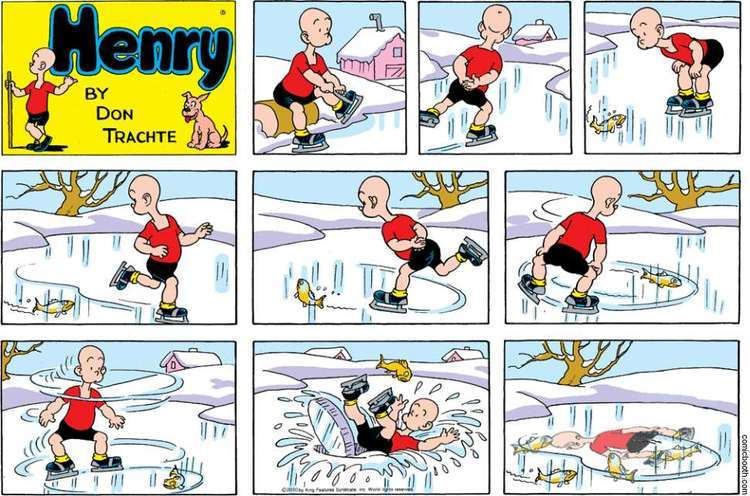
The Saturday Evening Post was the first publication to feature Henry, a series which began when Anderson was 67 years old. The series of cartoons continued in that magazine for two years in various formats of single panel, multiple panels or two panels.
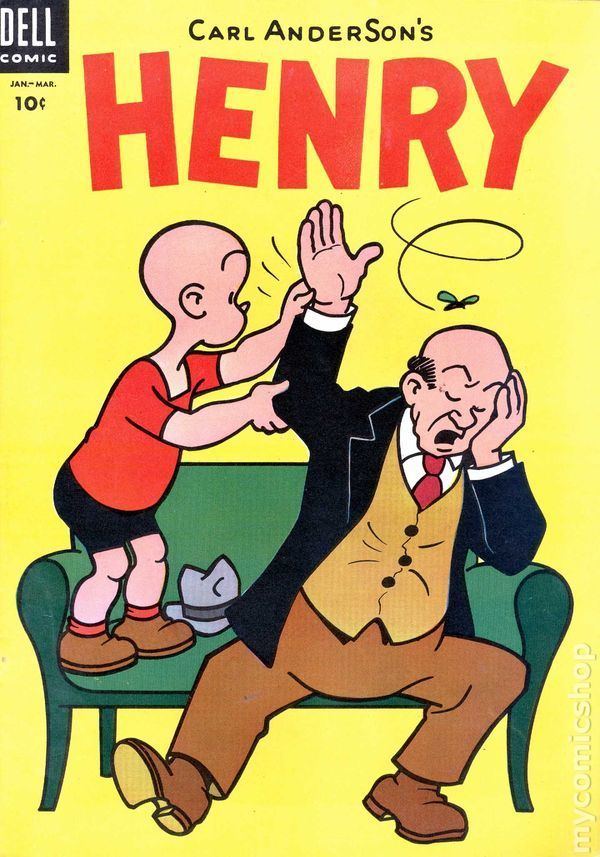
Henry danger motion comic issue 10 sticky vicky nick
From cartoons to comic strip
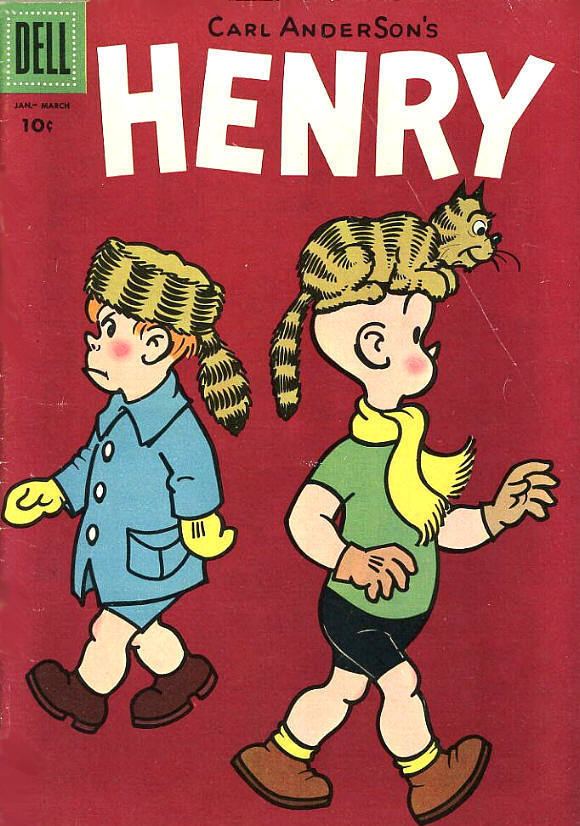
After seeing a German publication of Henry, William Randolph Hearst signed Anderson to King Features Syndicate and began distributing the comic strip on December 17. 1934, with the half-page Sunday strip launched March 10, 1935. Henry was replaced in The Saturday Evening Post by Marjorie Henderson Buell's Little Lulu. Anderson's Post cartoons featuring Henry are credited with early positive depictions of African-American characters during an era when African-Americans were often unflatteringly depicted.
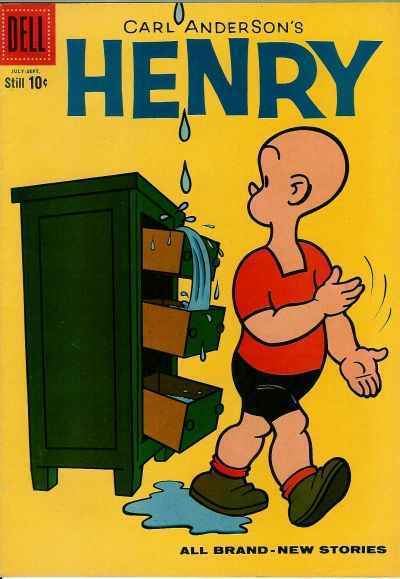
Anderson's assistant on the Sunday strip was Don Trachte. His assistant on the dailies was John Liney. In 1942, arthritis kept Anderson away from the drawing board, so Anderson turned the dailies over to Liney, and Trachte drew the Sunday strips. Liney retired in 1979. Jack Tippit then took over the dailies until 1983. Dick Hodgins, Jr. worked on the dailies from 1983 until 1990. Trachte continued on the Sundays through 1995. About 75 newspapers still run classic Henry strips. These are also available through King Features' Comics Kingdom.
Characters and story
Cartoonist Art Baxter analyzed the appeal of the character and the strip:
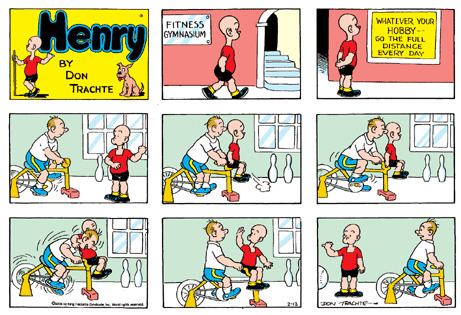
Derivative works
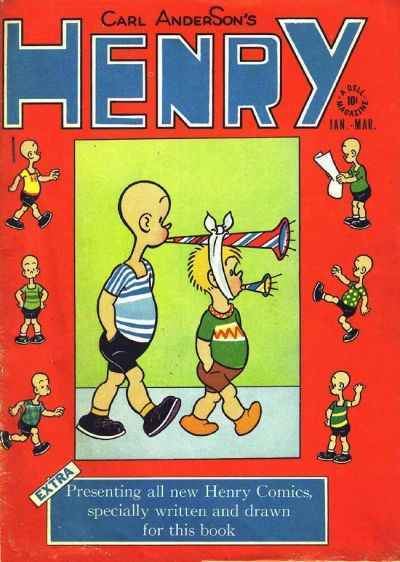
Henry appears (and speaks) alongside Betty Boop in the Fleischer Studios animated short Betty Boop with Henry, the Funniest Living American (1935).
During the period of 1946 to 1961, Dell Comics published 61 issues of a color comic book titled Carl Anderson's Henry. Henry spoke in the comic book, as did the other principal characters.
